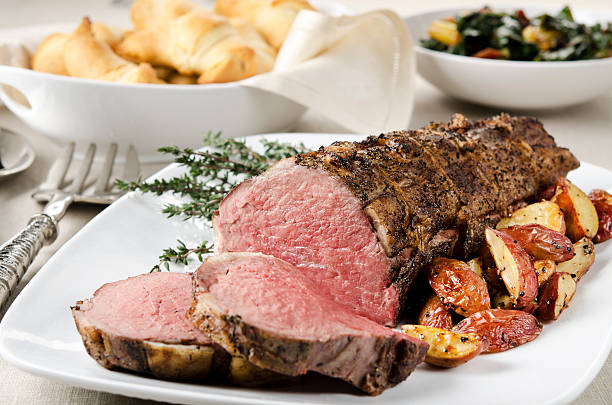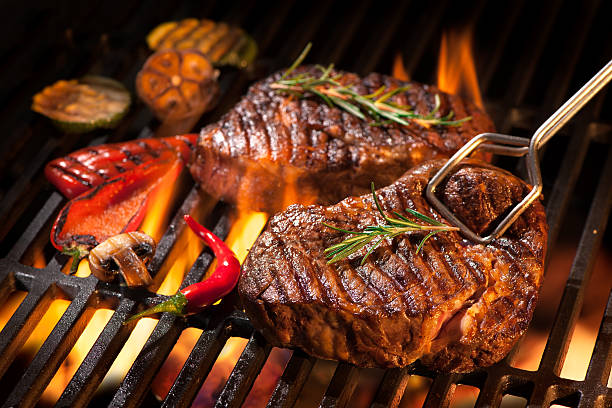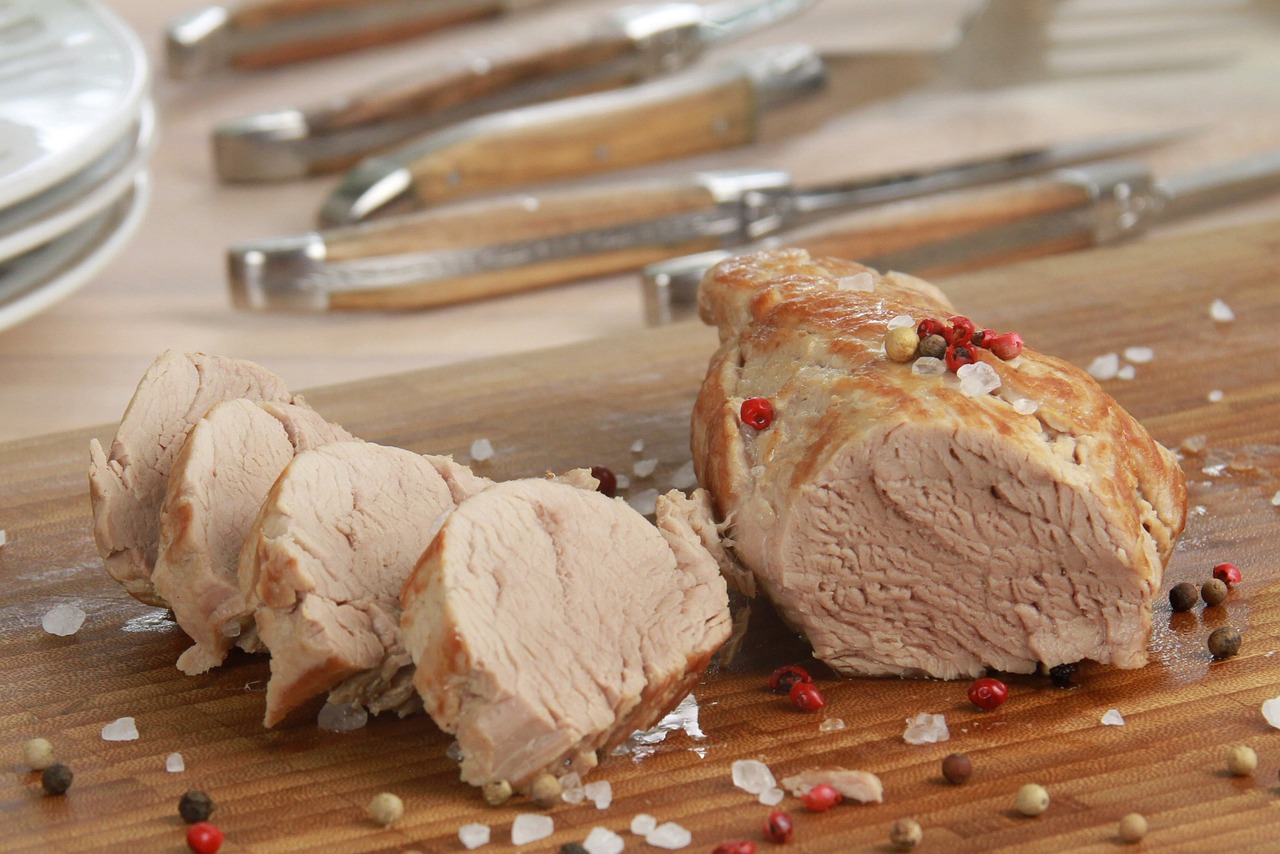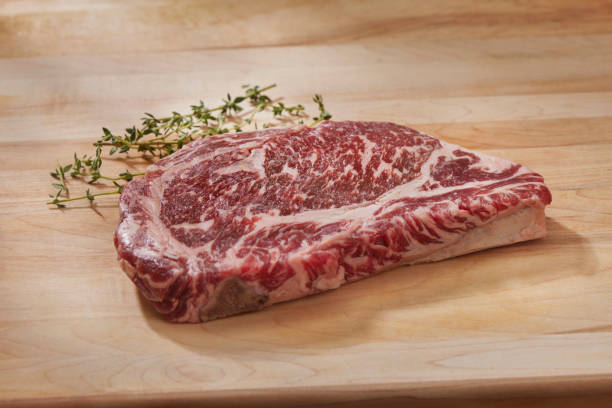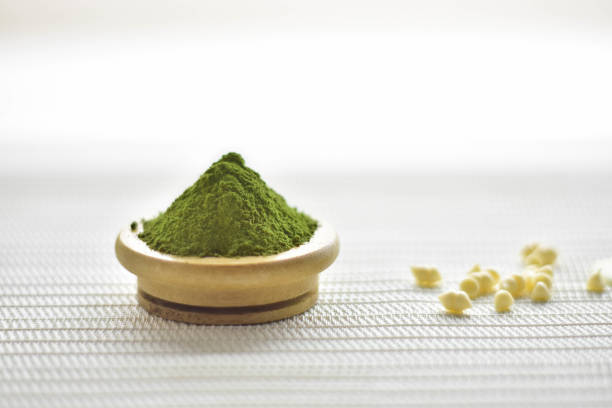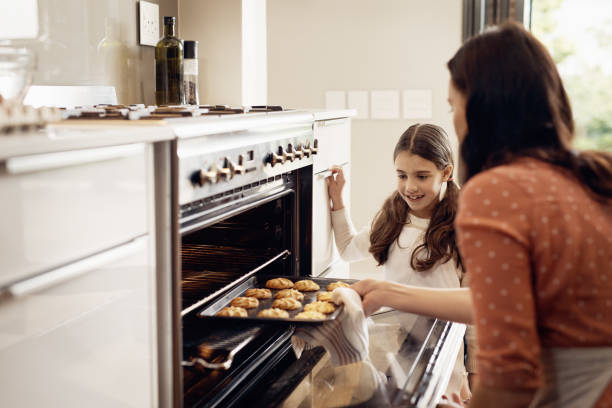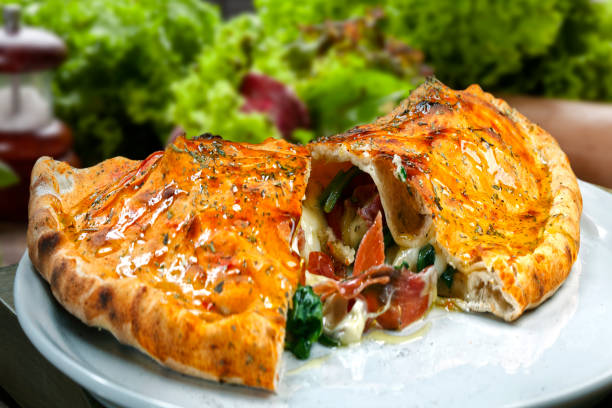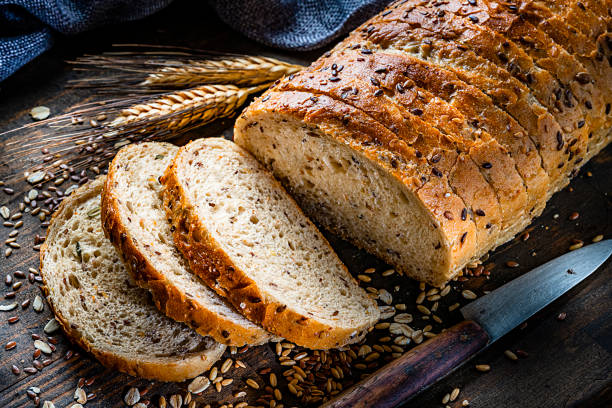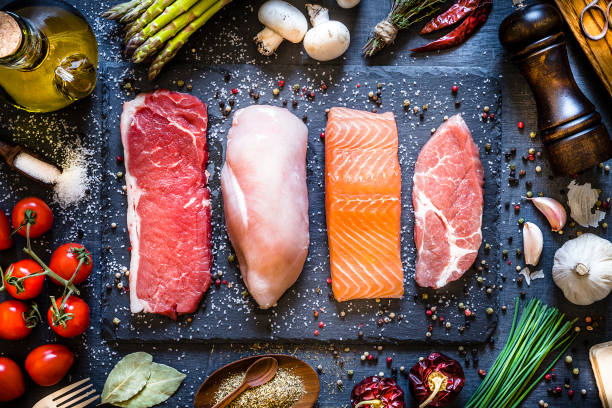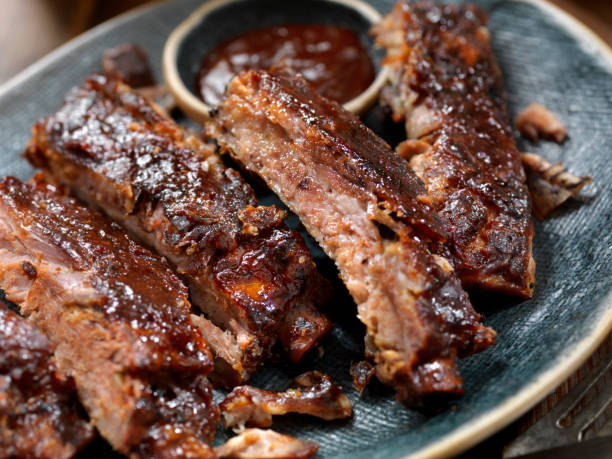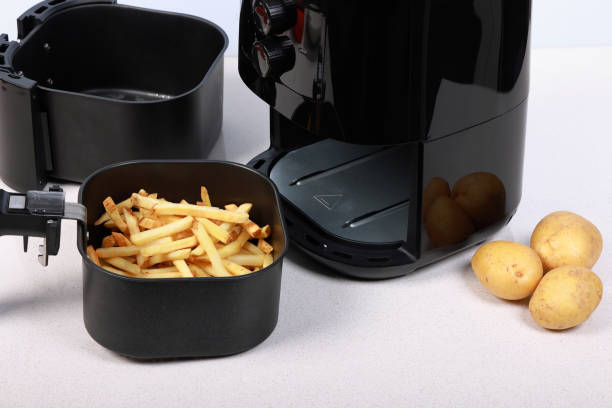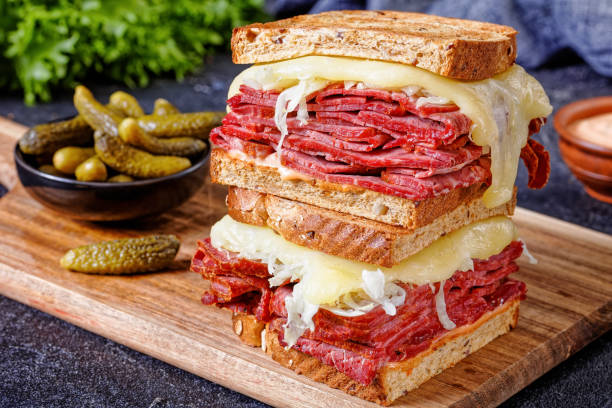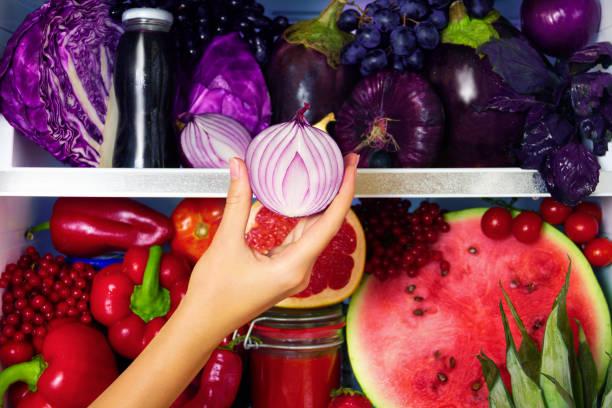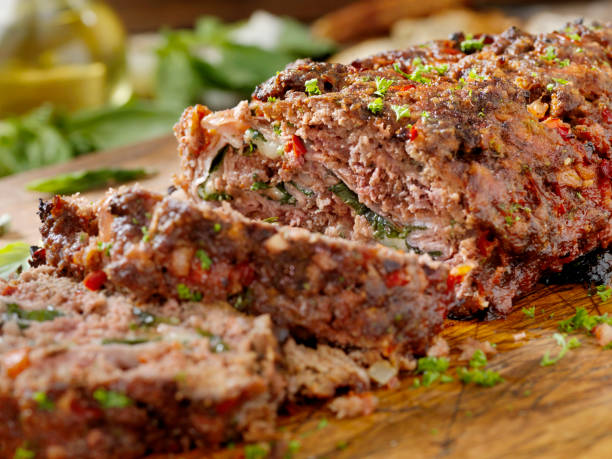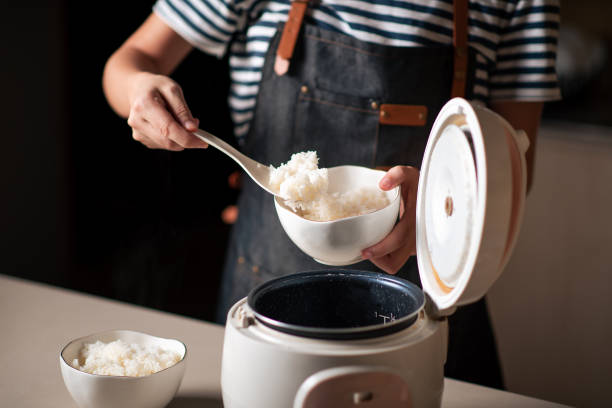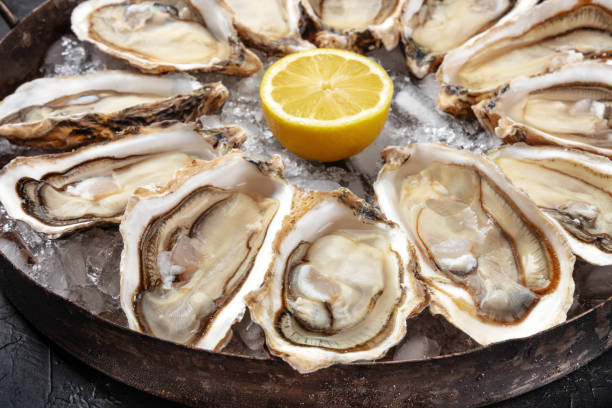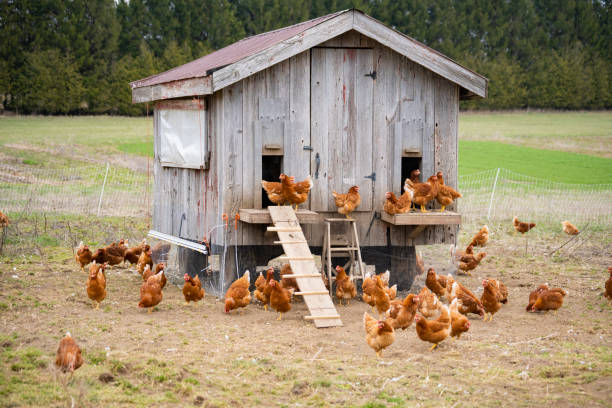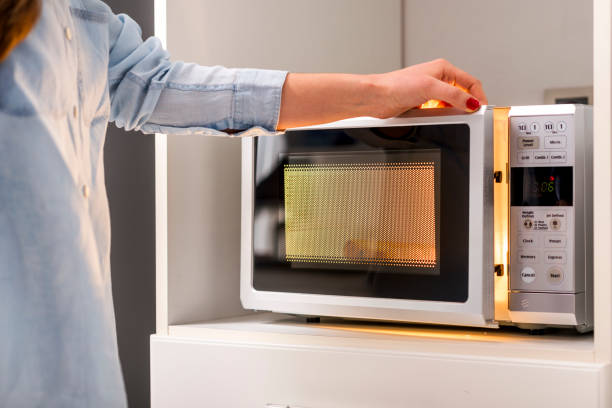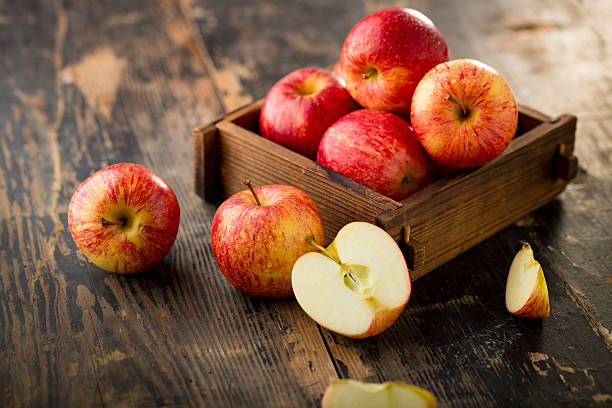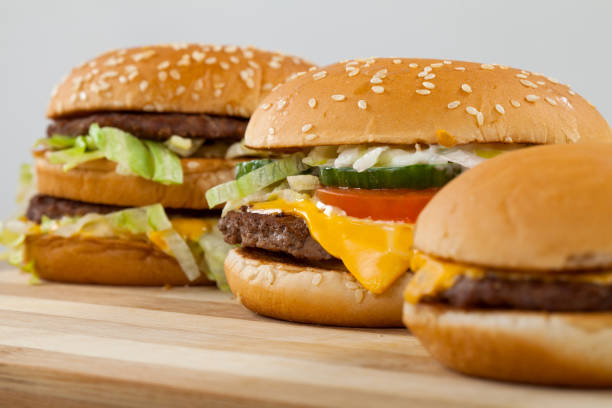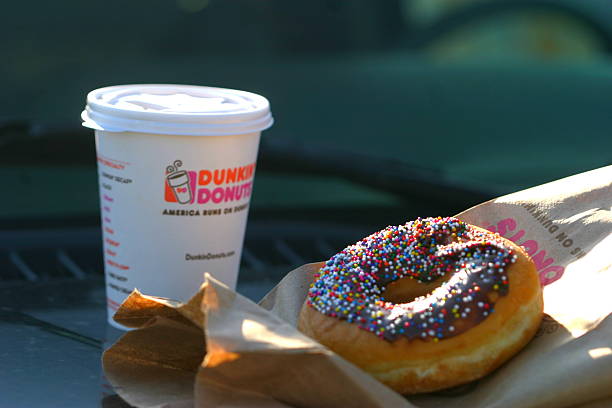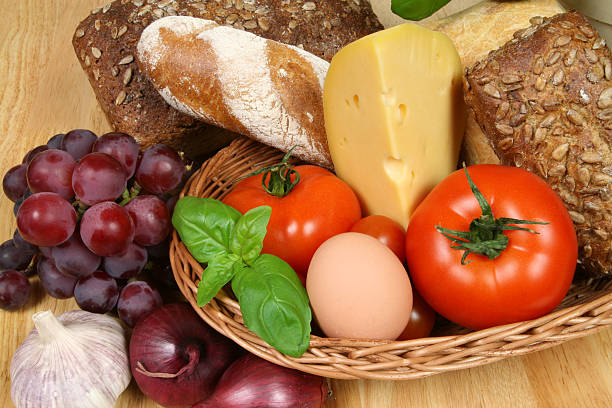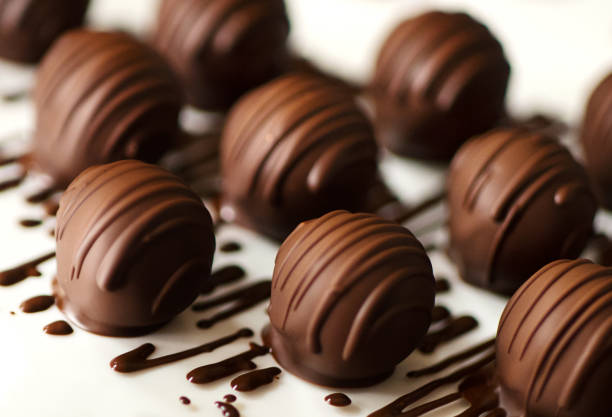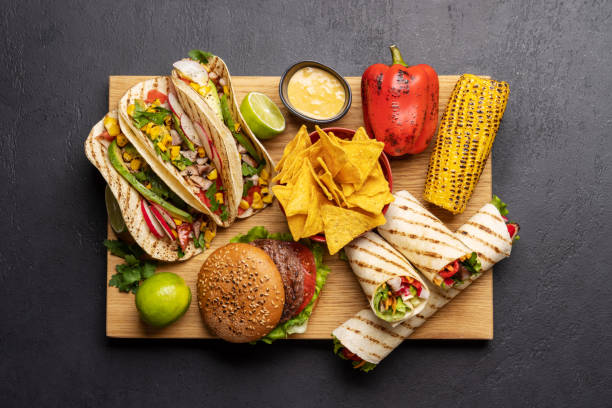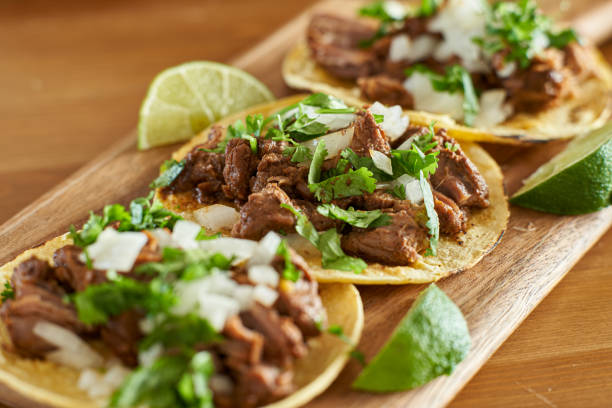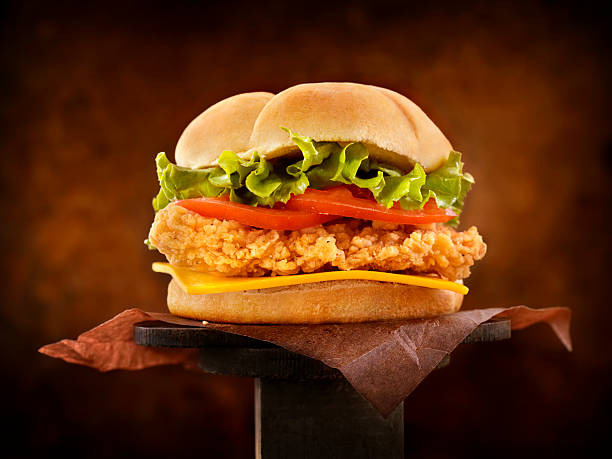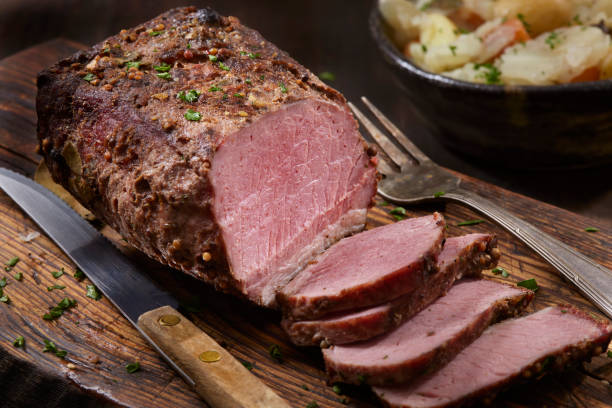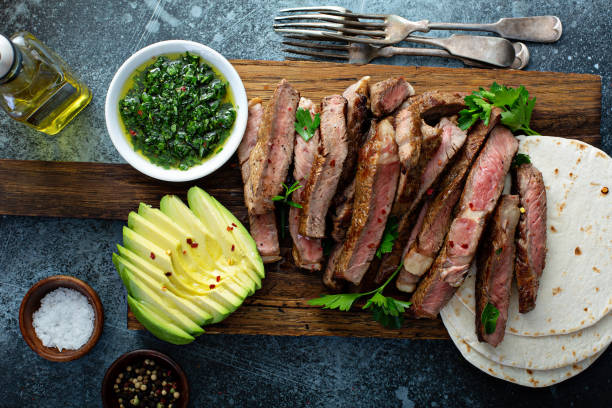In the bustling rhythm of modern life, the convenience of pulling ingredients straight from the freezer to the frying pan is a culinary hack many of us have come to appreciate. Among these ingredients, sausages stand out as a versatile and beloved choice for meals across the globe. But when time is of the essence, and you’re staring at a pack of frozen sausages, the question arises: Can you cook sausages from frozen? This question not only touches on the need for quick, hassle-free meal preparation but also brings to light concerns about safety and flavor preservation.
Embarking on this flavorful journey, our article delves deep into the art and science of cooking sausages from frozen, equipping you with the knowledge to navigate this culinary challenge with ease. With insights from culinary experts and adherence to food safety guidelines, we explore the methods that ensure your sausages are not just safe to eat but also deliciously satisfying. Whether you’re a busy parent, a student on the go, or simply someone looking to streamline your cooking process, this article promises to transform your approach to cooking sausages, making meal preparation a breeze while maintaining the essence of taste and quality.
Join us as we unravel the secrets to mastering the art of cooking sausages from frozen, ensuring that your next meal is not only quick and convenient but also a delightful experience for your taste buds. Discover the techniques, tips, and tricks that will elevate your cooking game, and let us guide you through making the most out of your freezer staples. Prepare to be intrigued, educated, and inspired to try out this game-changing method that promises to revolutionize your meal times.
The Evolution of Frozen Foods: Explore the convenience, nutritional integrity, and variety of frozen foods.
Flash freezing methods lock in freshness and flavor immediately after harvest or preparation. Today’s frozen foods offer:
- Convenience – ready when you are, no lengthy prep needed.
- Nutritional integrity – nutrients and flavors are preserved at peak quality.
- Huge variety – you can find frozen fruits, vegetables, prepared meals, baked goods, meat, fish, and more.
- Global flavors – explore new cuisines like Indian curries or Mexican mole sauces from your freezer.
- Dietary options – gluten-free, vegetarian/vegan, and low-calorie choices abound.
The frozen food aisle has come a long way from fish sticks and peas! Take advantage of the convenience and quality of modern frozen foods.
The Misconceptions of Frozen vs. Fresh: Address common myths regarding nutritional differences.
Many people think fresh is always nutritionally superior to frozen. This is a myth! Flash freezing locks in nutrients immediately after harvest. Food that is shipped fresh loses nutrients over time.
Studies by independent organizations like the FDA show frozen fruits and veggies are nutritionally comparable to fresh. The vitamin and mineral content varies more based on the produce variety itself.
So enjoy frozen without guilt! The key is consuming a diet rich in diverse fruits, veggies, lean proteins, and whole grains. Both fresh and frozen offer benefits.
The Essentials of Cooking From Frozen
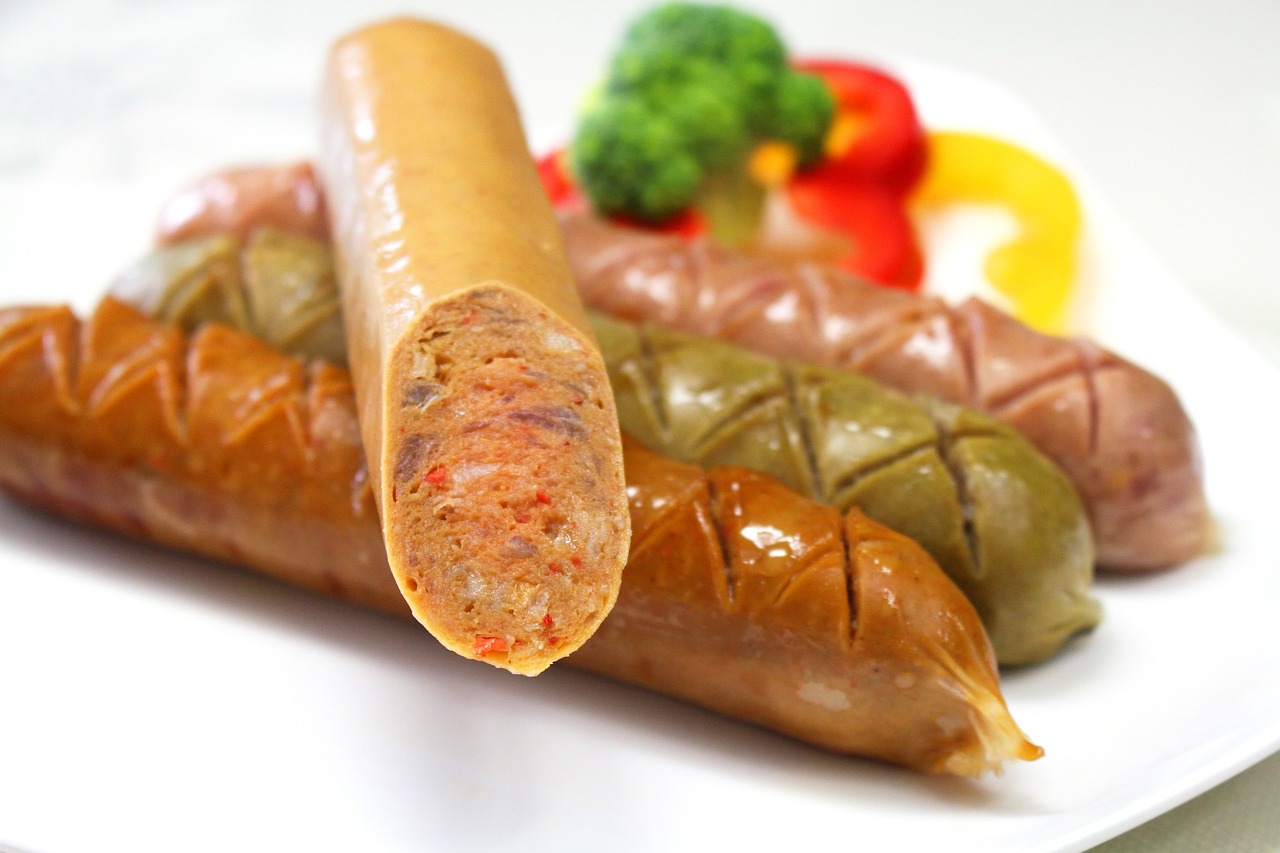
The Essentials of Cooking From Frozen
Cooking from frozen doesn’t have to be intimidating. Follow these tips to make it easy and delicious!
Understanding Freezing Technology
- Flash freezing quickly preserves flavor and nutrients at peak quality.
- IQF or Individually Quick Frozen items don’t clump together, so you can use only what you need.
- Modified atmosphere packaging removes oxygen to prevent freezer burn.
Preservation and Nutrient Retention: How modern freezing methods preserve food quality and nutrients.
Frozen foods retain nutrients and freshness because:
- Cold temperatures slow or halt enzyme actions that cause food spoilage.
- Ice crystal formation is minimized so food structure isn’t damaged.
- Vitamin degradation is slowed.
Thawing and cooking methods impact nutrients too. For maximum retention:
- Microwave thawed foods immediately.
- Steam or stir fry vegetables quickly.
- Avoid soaking foods at room temperature.
Label Reading and Freezing Instructions
Learn to decode labels for optimal results:
- “Frozen” means frozen solid to 0°F or below.
- “Quick frozen” means frozen quickly at peak ripeness.
- “Keep frozen” indicates food hasn’t been thawed after initial freezing.
- Follow suggested cooking times and temperatures.
- Check “use-by” dates for safety. Eat frozen items within recommended times.
Cooking From Frozen: A Variety of Foods
With the proper techniques, you can cook just about any frozen food to delicious results.
Meats, Fish, and Plant-Based Alternatives
- Thaw in fridge overnight or cook frozen meat in a slow cooker or oven.
- Bake, grill, or pan fry frozen fish fillets or shrimp. They’ll hold shape better than thawed.
- For burgers or sausage, thaw first unless grilling. Frozen exterior may burn before inside thaws.
- Cook frozen veggie crumbles, soy chunks, or bean burgers directly from frozen.
Diverse Cooking Methods: Detailed instructions for meats, fish, shellfish, and plant-based options.
Chicken, Turkey, Beef
- Oven: Bake frozen cuts at 350°F, adding 15-25 minutes to suggested time. Use a meat thermometer.
- Slow Cooker: Add frozen meat to cooker, cover with liquid, cook 8 hrs on low or 5 hrs on high.
- Stir Fry: Cut partially thawed meat into pieces. Stir fry briefly on high heat with sliced veggies.
Fish
- Oven Bake: Place frozen fillets on a greased baking sheet. Bake at 400°F 8-12 minutes until opaque and flaky.
- Pan Fry: Cook frozen fillets over medium-high heat in oil for 4-6 minutes per side. Thaw first for delicate fish like sole.
- Grilled: Oil the grill to prevent sticking. Grill frozen fillets or shrimp for 3-5 minutes per side. Watch closely to prevent burning.
Plant-Based
- Sausage: Yes, you can cook sausages from frozen. Frozen sausages can be cooked in a frying pan, BBQ, grill, or air fryer. Cooking times may vary depending on the thickness of the sausages, but typically they take about 10-15 minutes to cook through. It is important to ensure that the middle of the sausage reaches a temperature of 70°C for at least 2 minutes to be safe to eat. When cooking frozen sausages in a pan, you can poke small holes in them, add oil to the pan, brown them on both sides, pour water into the pan, cover it with a lid until the water evaporates, and then finish cooking until browned and cooked through. Additionally, you can grill frozen sausages by placing them on a grill pan under the grill and turning them over every few minutes until they are cooked through.
- Soy Chunks: Microwave frozen chunks for 2-3 minutes until heated through. Or hydrate in broth before adding to stir fries or stews.
- Veggie Crumbles and Burgers: Pan fry, bake, or microwave as you would raw ground meat, following package instructions.
What Not to Cook From Frozen?
Some foods don’t hold up well when cooked directly from frozen state. For best results, thaw these first:
- Bread dough – Rises unevenly if not thawed, creating odd shapes.
- Pie crust – Becomes soggy if baked frozen.
- Casseroles or soups – Thaw gently on stovetop or bake at reduced temp.
- Leafy greens like spinach or kale – Thaw before adding to recipes or greens will be clumpy.
Nutritional Insights
Frozen vs. Fresh: A nutritional comparison to debunk myths and highlight benefits.
Let’s demystify the fresh vs frozen nutrition debate:
- Frozen fruits and vegetables are nutritionally similar to fresh when prepared properly.
- Blanched, flash frozen veggies like peas, corn, or beans may be more nutrient-rich than “fresh” veggies that have traveled long distances or sat in storage.
- Some nutrient loss can occur in lengthy freezer storage due to oxidation, so eat frozen produce within 8-12 months.
- Fruit nutrients vary more based on the type of fruit itself than the storage method. Berries, citrus, melons, etc. offer different benefits.
- Some frozen prepared meals are high in sodium, so compare labels and choose lower sodium options.
Bottom line – consume a mix of fresh and frozen for meal planning convenience and balance. Both can provide nutritional benefits when handled properly.
Food Safety First
Proper thawing and handling prevents foodborne illness. Follow these safe practices:
Thawing Methods and Safety
- Fridge: Slowest method, keeps food safe. Plan a day or two ahead.
- Cold Water: Faster, use sealed bag submerged in cold water, changing water every 30 mins.
- Microwave: Fastest, but partially cooks food. Immediately cook thawed portions.
- Never thaw at room temp over 2 hours. This allows bacterial growth.
Preventing Cross-Contamination
- Keep raw meats sealed and on bottom shelf of fridge to prevent juices from dripping on other foods.
- Never reuse platters or utensils that touched raw meat before proper cleaning.
- Wash hands, countertops, and tools after handling raw foods.
- Cook meats to safe internal temperatures (use a meat thermometer to verify).
Environmental and Economic Benefits
Beyond convenience and nutrition, frozen foods offer sustainability advantages:
The Sustainability of Frozen Foods
- Reduced food waste – Buy only what you need. Cook straight from frozen state.
- Less transportation carbon emissions – Frozen foods shipped efficiently.
- Out of season availability – Enjoy produce year-round without jetting halfway around the world for fresh.
- Abundant harvests preserved at peak ripeness.
Reducing Food Waste and Carbon Footprint: Exploring the environmental impact.
Preservation through freezing means:
- Surplus seasonal harvests aren’t left rotting in the fields.
- Perfectly ripe produce is frozen right away, reducing losses in storage and transit.
- Consumers can purchase ready-to-use portions instead of bigger quantities of fresh ingredients that may go bad before use.
This avoids methane pollution from landfill food waste and cuts back on transport emissions too. Going frozen helps the planet!
Cost-Effectiveness
- Buy in bulk when items are abundant or discounted, then freeze meal-size portions.
- Take advantage of off-season sales for produce you can freeze for later use.
- For convenience foods like waffles or prepared entrees, look for sales and stock up.
- Create your own frozen meal prep kits when you cook in batches, freezingextras.
Special Dietary Needs
The freezer aisle has expanded with options for many eating styles:
Vegetarian and Vegan Options
- Meatless burgers, sausages, crumbles made from soy, veggies, beans, or wheat proteins.
- Dairy-free frozen desserts made from coconut, almond, or other plant milks.
- Fruit, vegetables, veggie-based pasta meals, vegetarian pizzas and burritos.
- Read labels to verify vegetarian ingredients and avoid cross-contamination with meat products.
Plant-Based Cooking From Frozen: Tips and recipes for vegetarians and vegans.
- Heat meatless burgers on stovetop or microwave based on package instructions. They don’t need to be thawed.
- For sausages, pizzas, or burritos, bake directly from frozen or microwave if the package states it’s safe.
- Stir soy protein chunks or crumbles into stir fries, chilis, or pasta dishes without thawing first.
Try this simple frozen veggie curry: Heat 1 Tbsp oil in a pan. Add 1 bag frozen mixed veggies and 1 tablespoon curry powder. Stir frequently for 5 minutes until thawed. Serve over rice. Delicious!
Gluten-Free Guidelines
- Look for labels that specifically say “gluten-free” and avoid cross contamination.
- Many plain fruits, veggies, beans, meats are gluten-free. Read labels on seasoned items.
- Opt for gluten-free grains like quinoa. Avoid pasta, breaded foods, soy sauce and other products with wheat, barley, rye.
Navigating Frozen Foods on a Gluten-Free Diet: Safe choices and cooking tips.
Stick to naturally gluten-free frozen options like:
- Fruits and veggies without sauce
- Plain meat, poultry, fish, or shellfish
- Beans, lentils, nuts
- Corn and corn tortillas
Prepare gluten-free pizza or waffles directly from frozen, following package instructions to prevent cross-contamination. Verify appliances like toaster ovens have not contacted gluten.
Advanced Cooking Techniques
Innovative appliances offer new cooking options:
Sous Vide and Air Frying
Sous Vide
- Preserves moisture and evenly cooks vacuum-sealed foods in temperature-controlled water bath.
- Cook frozen meat or fish sous vide by adding 30 mins to time for thawed.
Air Fryer
- Uses hot air circulation to crisp foods with little or no oil needed.
- Get crispy results air frying frozen foods like fries, chicken nuggets, or fish sticks.
- No need to thaw first. Follow appliance instructions for time and temperature.
Innovative Methods for Cooking From Frozen: Enhancing flavor and texture with modern appliances.
These methods help frozen foods achieve a tender interior and crispy exterior:
Try sous vide frozen salmon fillets at 115°F for 30 minutes then finish with a sear in cast iron skillet.
For crispy frozen fries, air fry at 400°F for 15-20 minutes, tossing halfway through.
Global Cuisine From Your Freezer
Explore new flavors from around the world without leaving home:
- Indian entrées like curries, samosas, or paneer.
- Mexican tamales, moles, or burritos.
- Italian pasta or pizzas.
- Chinese dumplings, spring rolls, or stir fry mixes.
- Middle Eastern falafel, dolmas, or lamb dishes.
- Japanese gyoza or tempura.
Follow package instructions carefully and enjoy!
Kitchen Gadgets and Tools
Equip your kitchen with these handy gadgets to make cooking from frozen a breeze:
Must-Haves for Cooking From Frozen: Recommendations for kitchen equipment.
- Instant-read thermometer – Checks doneness of meats.
- Kitchen timer – Avoids over/under cooking.
- Microwave cover – Prevents splatters.
- Freezer bags and containers – Keeps foods fresh and organized.
- Immersion blender – Purees soups smooth.
- Air fryer or sous vide circulator – Unlocks new cooking techniques.
- Industrial strength freezer – Maintains 0°F temperature.
- Grill pan – Mimics outdoor grilling indoors.
Engaging the Reader
Cooking from your freezer opens up endless possibilities. What are your favorite tips and tricks? Share your experiences to help others!
Video Tutorials and Step-by-Step Guides
Follow along with visual cooking tutorials on properly preparing frozen foods:
Community Tips and Recipes
- “I love adding frozen mixed veggies to my stir fry for quick and healthy meals!” – Mary, Chicago
- “If air frying frozen foods, spray oil on the food rather than coating the basket. Makes cleanup easier.” – James, Houston
- “My favorite freezer snack – grapes! They taste like popsicles.” – Sam, San Diego
Share your best frozen food tips and recipes in the comments!
Conclusion
As you can see, cooking from your freezer is fast, easy, healthy, and opens up possibilities. Freezing technology brings global flavors, dietary options, and peak quality to your kitchen anytime.
Follow proper thawing and handling methods for food safety. Use suggested tools and appliances for best results. Avoid common mistakes like freezing bread dough or pie crusts.
Most importantly, approach your freezer with creativity! Combine convenience and nutrition by exploring all the possibilities frozen foods have to offer.

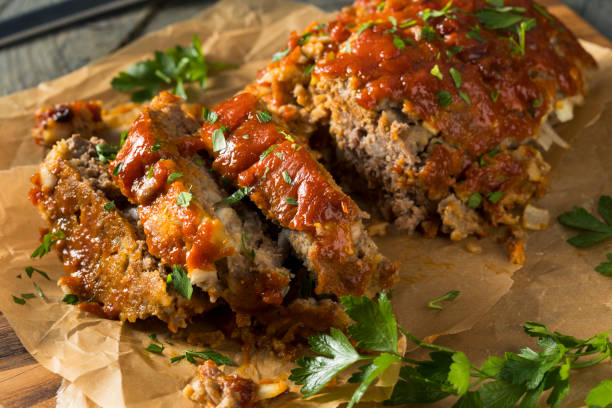

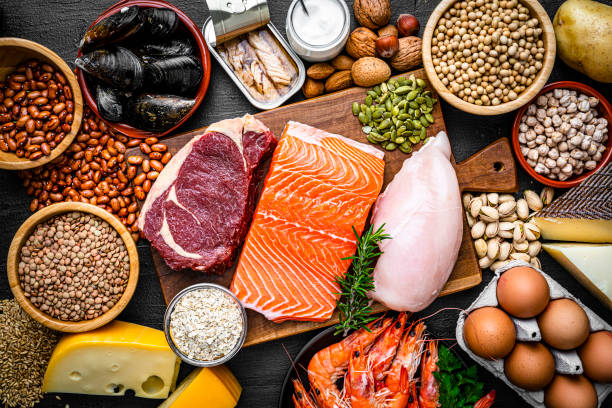
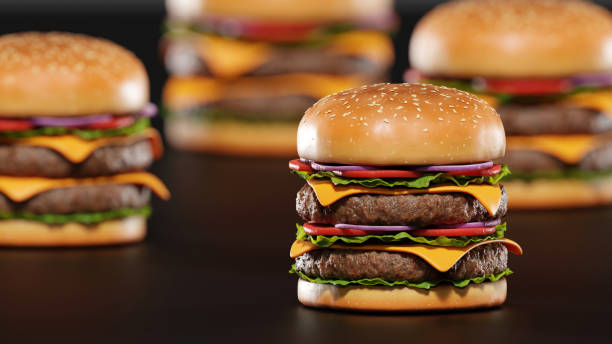
![America’s Best Wings Menu With Prices | Guides [Update 2023] America’s Best Wings Menu With Prices | Guides [Update 2023]](https://thesuntrapp.com/wp-content/uploads/2023/11/Screenshot-2023-11-16-020808.png)
